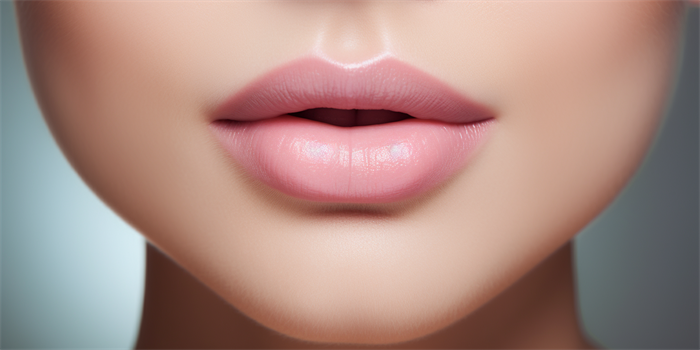Understanding the Recovery Period for Lip Reduction Surgery in Hobart
Lip reduction surgery, also known as cheiloplasty, is a cosmetic procedure aimed at achieving a more balanced and aesthetically pleasing lip shape and size. In Hobart, as in other parts of the world, patients often inquire about the duration of pain and recovery associated with this procedure. Understanding the recovery process can help individuals make informed decisions and manage their expectations effectively.

Initial Discomfort and Pain Management
Immediately following lip reduction surgery, patients can expect some degree of discomfort, swelling, and bruising. The initial pain is typically managed with prescribed pain medications. It is crucial for patients to follow their surgeon's instructions regarding pain management to ensure comfort and promote healing. Over-the-counter pain relievers may also be used, but only as directed by the healthcare provider.
Duration of Swelling and Bruising
Swelling and bruising are common after lip reduction surgery and are part of the body's natural healing process. These symptoms usually peak within the first few days and then gradually subside. Most patients notice significant improvement in swelling and bruising within one to two weeks. However, it may take several weeks for these symptoms to completely resolve. Cold compresses and elevation of the head can help reduce swelling during the initial recovery phase.
Lips Sensitivity and Numbness
Sensitivity and numbness in the lips are common post-surgery sensations. This numbness is typically a result of the local anesthesia used during the procedure and can last for a few hours to a few days. However, some patients may experience prolonged numbness, which can last several weeks or even months. This is a normal part of the healing process and generally resolves as the nerves regenerate.
Oral Care and Diet
Maintaining good oral hygiene is essential during the recovery period. Patients should avoid using straws, as the suction can disrupt the healing process. A soft diet is recommended initially, focusing on foods that are easy to consume without exerting pressure on the lips. As healing progresses, patients can gradually reintroduce more solid foods into their diet. It is important to stay hydrated and eat nutritious foods to support the healing process.
Return to Normal Activities
Most patients can return to their normal activities within a week after lip reduction surgery. However, strenuous activities and exercises should be avoided for at least two weeks to prevent increased swelling and potential complications. It is advisable to follow the surgeon's guidelines regarding when it is safe to resume these activities. Gradual reintroduction to exercise can help ensure a smooth recovery.
FAQ: Lip Reduction Surgery in Hobart
Q: How long does it take to fully recover from lip reduction surgery?
A: Full recovery can take several weeks to a few months, depending on individual healing rates. Most patients notice significant improvement within the first few weeks, but complete resolution of swelling and return to normal activities may take longer.
Q: Is the pain severe after lip reduction surgery?
A: The pain is generally manageable with prescribed medications. Most patients experience mild to moderate discomfort, which is part of the normal healing process.
Q: Can I wear makeup after lip reduction surgery?
A: It is recommended to avoid makeup for at least one week after surgery to prevent infection and promote healing. Once cleared by the surgeon, patients can gradually reintroduce makeup, being cautious to avoid the incision sites.
Q: How soon can I see the final results of the surgery?
A: Initial results are visible once the swelling subsides, usually within a few weeks. However, the final results may take several months to become fully apparent as the lips continue to heal and settle into their new shape.
Understanding the recovery process and managing expectations are key to a successful outcome after lip reduction surgery in Hobart. By following the surgeon's instructions and taking proper care during the recovery period, patients can achieve the desired results and enjoy their enhanced appearance.




